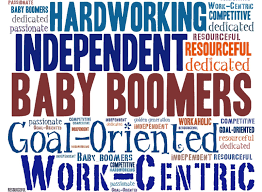Nuance Audio is a new option for people who resist traditional aids, from the company that makes Ray-Bans and operates LensCrafters.
Seekers of Meaning Podcast Posted Online March 7, 2025
What's Next Longevity Deal Talk Episode 32, January, 2025
Presentation: What's Next Longevity Venture Summit, June, 2025

 Search for the word ‘pilot’ on this site
Search for the word ‘pilot’ on this site The baby boomer generation’s later years will be unprecedented. Each time the population aged 65+ is counted, it’s a bigger number. That onslaught, now at 52 million, bears repeating. The boomers, turning 65 at a rate of 10,000 a day, are pushing and prodding assumptions, deadlines, and pundit predictions. As they do so, they will force industries to change offerings – and drive considerable change in technology that underpins their lives. Consider signals from today's older adults that will only become more pronounced as the boomers move past today's upper age of 73. Today's emerging trends are showing that:
The baby boomer generation’s later years will be unprecedented. Each time the population aged 65+ is counted, it’s a bigger number. That onslaught, now at 52 million, bears repeating. The boomers, turning 65 at a rate of 10,000 a day, are pushing and prodding assumptions, deadlines, and pundit predictions. As they do so, they will force industries to change offerings – and drive considerable change in technology that underpins their lives. Consider signals from today's older adults that will only become more pronounced as the boomers move past today's upper age of 73. Today's emerging trends are showing that: